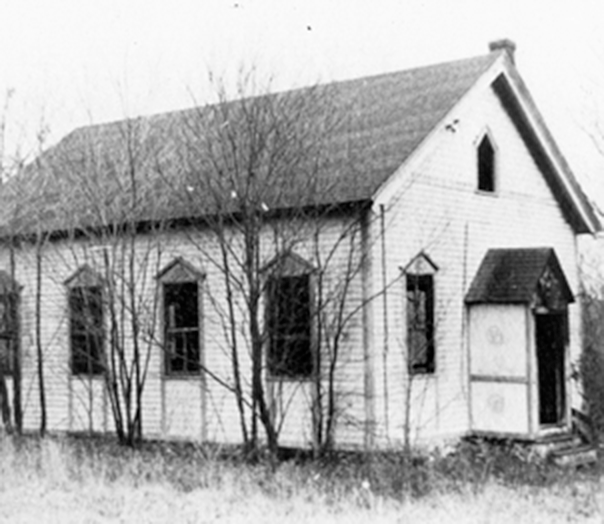In 1890-1891, Hirsch Kaplan, who immigrated from Ukraine to New York City in 1887, led a small group of Russian-Jewish immigrants from the crowded neighborhood of Williamsburg, Brooklyn to Chesterfield, Connecticut, where they were able to purchase inexpensive farmland, a privilege forbidden them in Tsarist Russia. In the spring of 1892, these families established a religious and social community called the New England Hebrew Farmers of the Emanuel Society (NEHFES) and they built both a synagogue and water-powered creamery to process milk into butter and cream for the surrounding region. The money to purchase the farmland and construct the buildings was provided by the Baron Maurice de Hirsch Fund, established in New York City in 1891 by de Hirsch, a German industrialist who enabled the escape of his Russian brethren to North and South America in the late nineteenth and early twentieth centuries.
In 1894, having written a governing constitution in Yiddish, NEHFES began to thrive as a closely-knit religious, social, and economic community of more than fifty Jewish families, and it continued to do so well into the 1920s. Revenues from their cottage industries enabled the group to purchase additional land, and from 1905 into the late 1920s several families developed thriving summer boardinghouse businesses, hosting New York families seeking to escape the hot and crowded city. But the Chesterfield Jewish community, which once numbered 500 people, dwindled significantly as the next generation left to start families and businesses in New London, Hartford, and beyond. The one-room wooden Chesterfield synagogue, which continued to open for Jewish High Holy Day services into the 1950s, was burned down by an arsonist in 1975.




